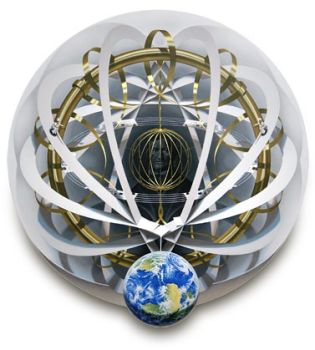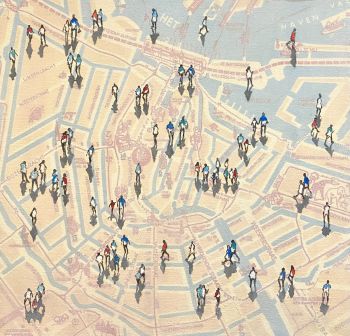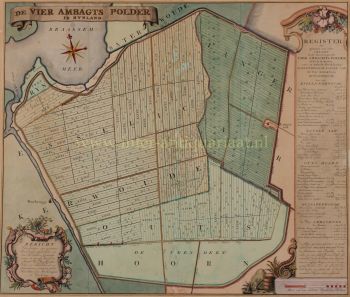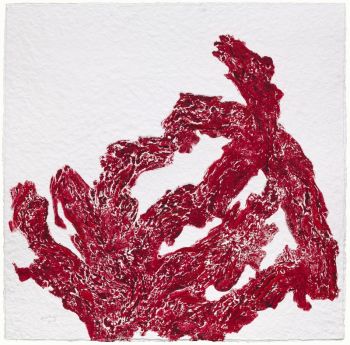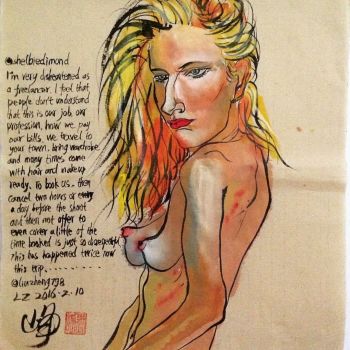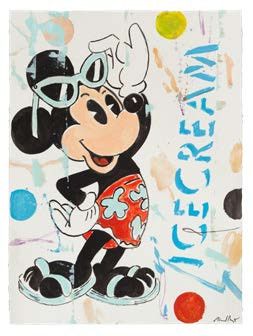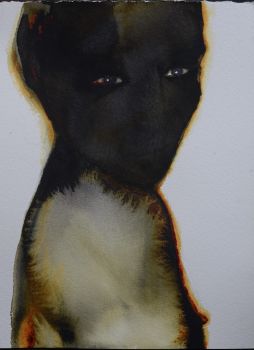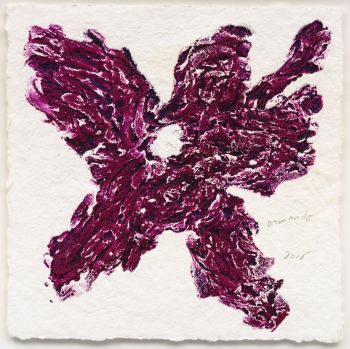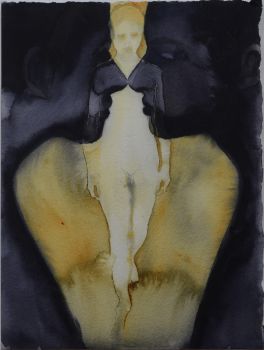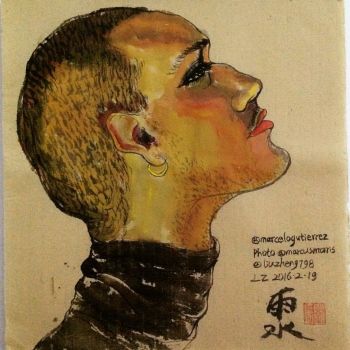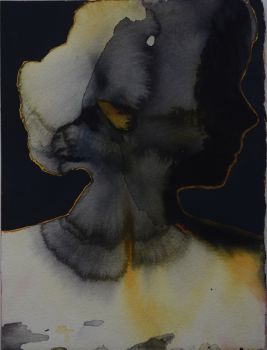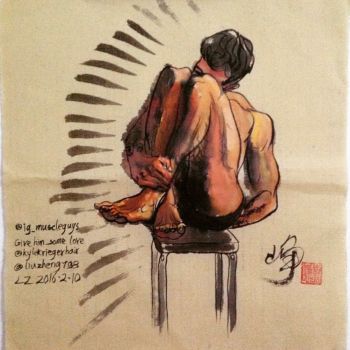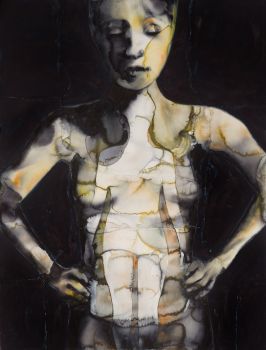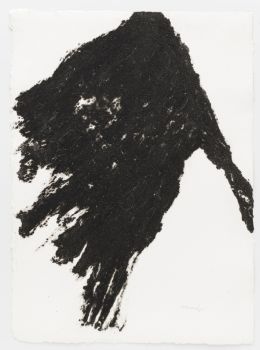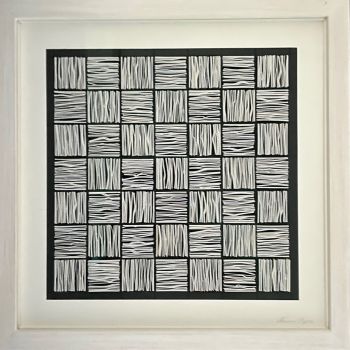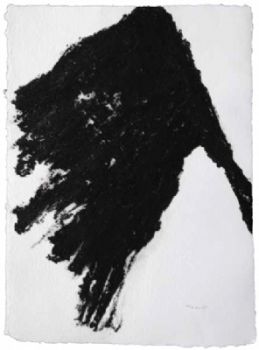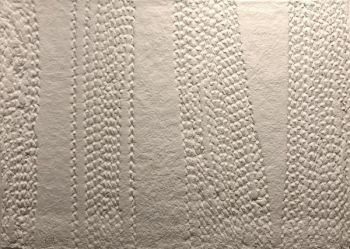Tolerant comparison of world religions 1595
Sebastian Franck
PapelPapel artesanalCouro
Atualmente indisponível via Gallerease
- Sobre arteWerelt-boeck, spieghel ende beeltenisse des gheheelen aerdtbodems, ...
The Hague, Albrecht Heyndricxz., 1595.
Folio.
17th-century parchment, new endpapers.
Fourth Dutch edition of a description of all lands and peoples of the world and particularly their customs and religious beliefs, with chapter 4 devoted to America and chapter 3 on Asia giving extensive coverage to Syria, Arabia and the Middle East, including a description of Mecca and the Kaaba. Franck (1499-1542/43) studied at Heidelberg, became a priest and in 1527 a Lutheran minister, but was critical of Catholics, Lutherans, Zwinglians and Anabaptists, and found common ground with heretics such as Michael Servetus. His Weltbuch, first published in German in 1534, a remarkable early example of comparative religious studies, came under attack from the established church and he was accused of AnabaptismIt was translated into Dutch in 1560 and proved very popular among Dutch Lutherans and especially Anabaptists, forming a keystone in the thought and writings of Menno Simons and the Mennonites.
With some mostly marginal worm holes in the first few pages, occasional browning and water stains (one sheet rather severely browned) and an occasional marginal tear. Binding slightly dirty and wrinkled. A seminal work with a wealth of information about world religions that still speaks to our time.
Kaczerowsky, Franck A60?; STCN (3 copies); cf. Alden & Landis 595/29; Sabin 25470. - Sobre artistaFranck (1499, Donauwörth - 1542/1543, Basel), estudou em Heidelberg e tornou-se padre. Ele foi nomeado pároco na diocese de Augsburg logo depois de 1516. Por volta de 1525 ele se juntou aos luteranos e se tornou ministro em Nürnberg, mas permaneceu crítico dos católicos, luterianos, zwinglianos e anabatistas. Partindo do luteranismo, ele enfatizou uma visão mística em vez de uma atitude dogmática. Em 1529, Franck mudou-se para Srasbourg. Lá ele se tornou amigo do reformador e místico Kaspar Schwenckfeld. Expulso pelas autoridades civis de Estrasburgo, partiu para Ulm, onde se estabeleceu como impressor. Ele escreveu Chronica; Zeitbuch und Geschichtsbibel (1531; Livro do tempo e Bíblia histórica), uma ampla história do cristianismo. Outro livro famoso por sua mão é Weltbuch (1534), uma descrição de todas as terras e povos do mundo e, particularmente, seus costumes e crenças. É um exemplo notável de estudos religiosos comparados. Este livro foi traduzido para o holandês em 1560: Werelt-boeck; spieghel ende beeltenisse des gheheelen aerdtbodems. Foi muito popular entre os luteranos e anabatistas holandeses e influenciou profundamente os escritos de Menno Simons.
Artwork details
Categoria
Assuntos]
Material e Técnica
Related artworks
Tilmanus Nicolaus Maastricht
Missale Romanum com montagens de prata holandesa1788 - 1792
Preço em pedidoJacob J. Roosjen SRI
Engelbert Kaempfer
LIVRO ENGELBERT KAEMPFER1651 - 1716
Preço em pedidoZebregs & Röell - Fine Art - Antiques
LAWRENCE WEINER
"SKIMMING THE WATER [MENAGE A QUATRE]" Signed book plus small artwork2010 - 2014
Preço em pedidoGallerease Selected
Engelbert Kaempfer
LIVRO ENGELBERT KAEMPFER1651 - 1716
Preço em pedidoZebregs & Röell - Fine Art - Antiques
Tilmanus Nicolaus Maastricht
Missale Romanum com montagens de prata holandesa1788 - 1792
Preço em pedidoJacob J. Roosjen SRI
Yoko Ono
YOKO ONO: "ARISING" SIGNED BOOK PLUS SMALL ARTWORK 2010 - 2014
Preço em pedidoGallerease Selected
1 - 4 / 22Artista Desconhecido
A large wall map of Asia by Nicolas de Fer 1647 - 1720
Preço em pedidoZebregs & Röell - Fine Art - Antiques
1 - 4 / 16- 1 - 4 / 24

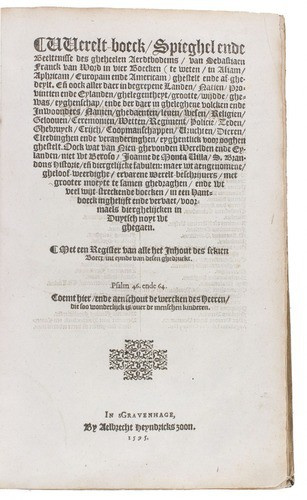










!["SKIMMING THE WATER [MENAGE A QUATRE]" Signed book plus small artwork by LAWRENCE WEINER](https://media-2.gallerease.com/images/442bfd5f-fc31-4e18-a2fa-ee0c08eade64/350x350/skimming-the-water-menage-a-quatre-signed-book-plus-small-artwork.jpg)












